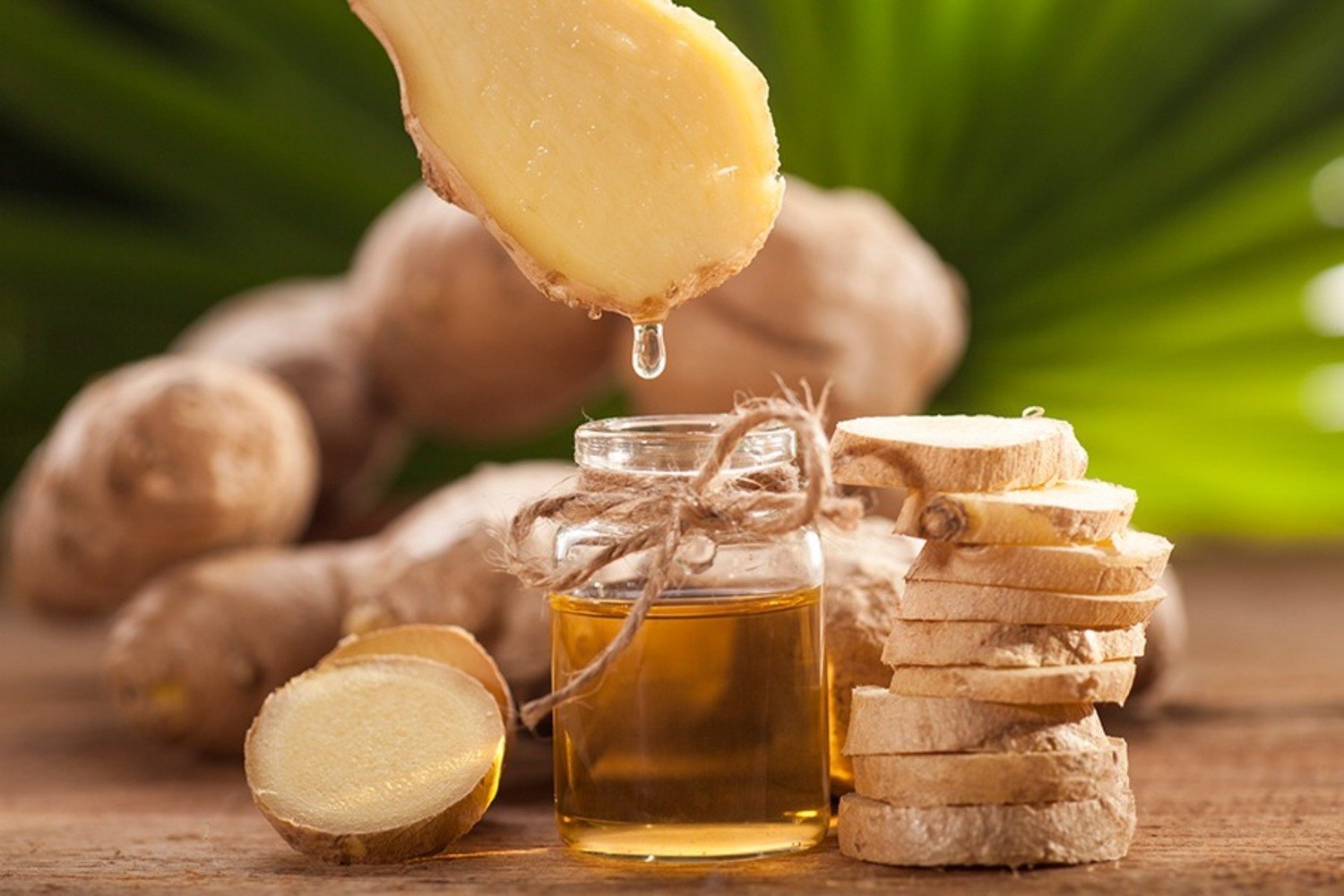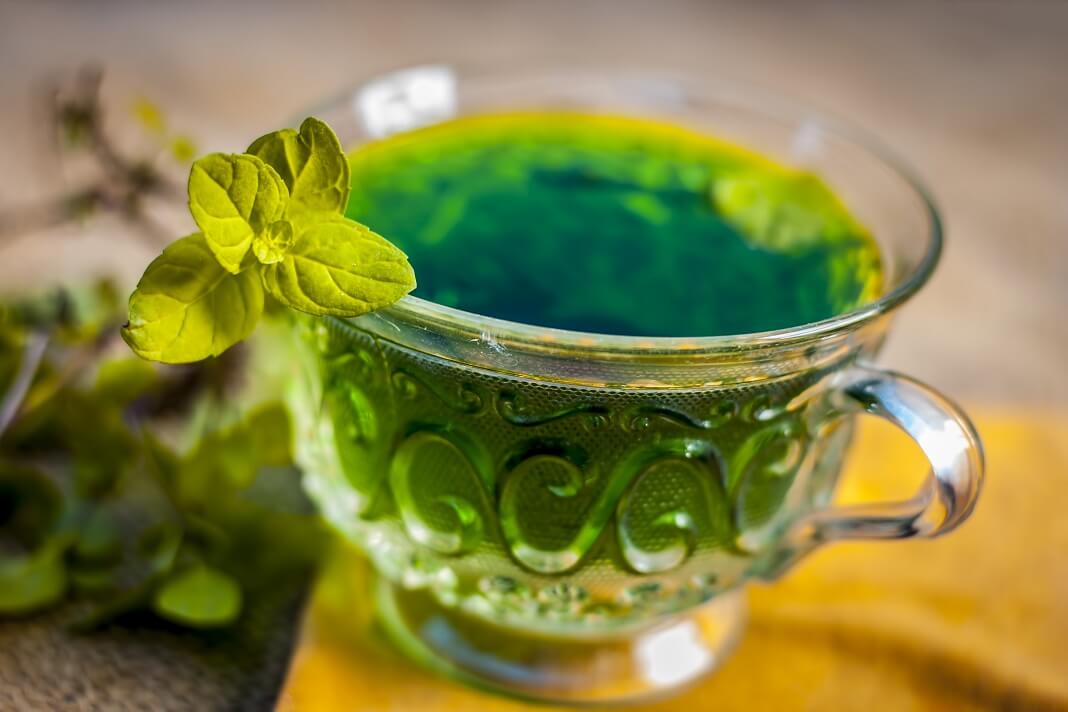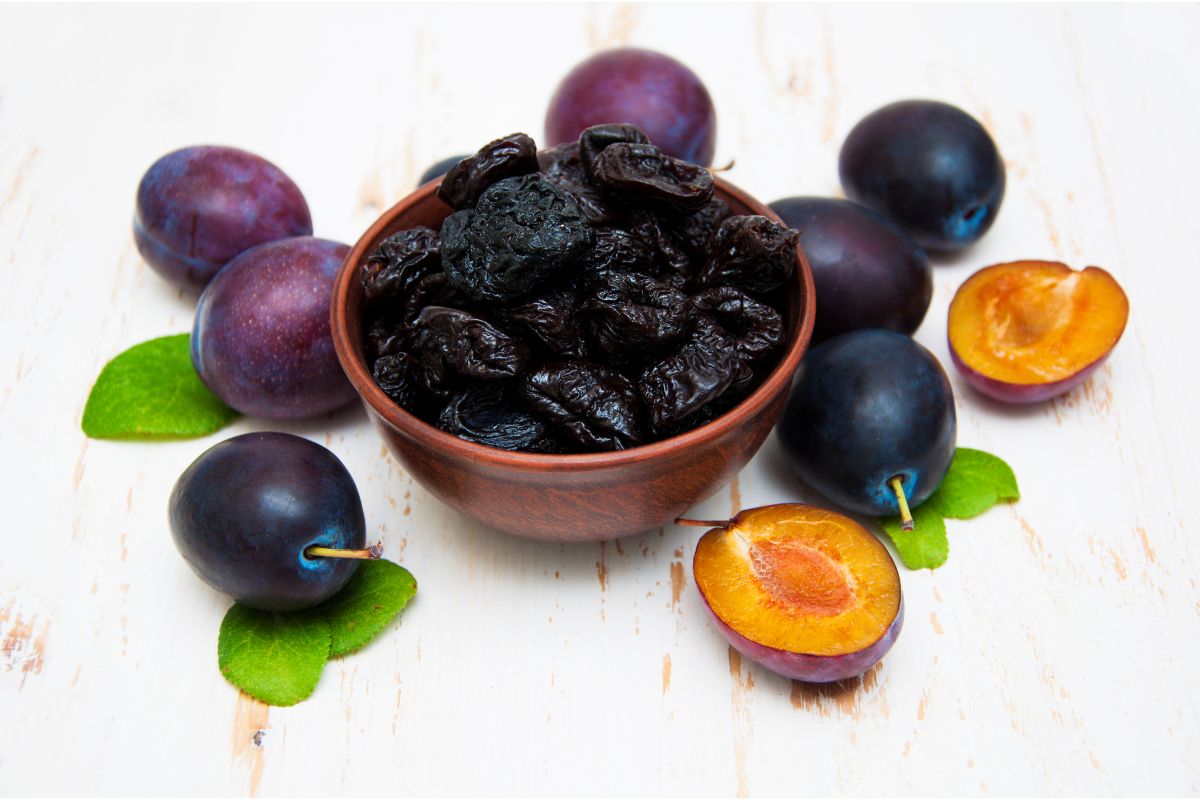How to Check for and Take Care of Appendicitis
Appendicitis is a common ailment. In the United States, over 5% of the population develops appendicitis(1). It is the most common cause of acute abdominal pain requiring surgery. With timely surgery, the mortality rate from appendicitis is less than 1%. Convalescence is normally rapid and complete. Before we go into details of what appendicitis is and what to do about it, we need to start with the appendix itself.
The appendix is a three to a four-inch-long organ in the human body that normally can be found on the lower right abdomen. It’s situated between the small intestine and the large intestine.
What is the role of the appendix? It may sound surprising, but there are no definitive answers yet. Some experts say(2) it stores good bacteria to help and restore the digestive system. This boosts immunity, and is necessary after an illness, for example. Many others feel that it is an unnecessary by-product of human evolution. Those who have had the appendix surgically removed have had no problems later in life.
However, there are times when the appendix becomes swollen and infected. This leads to abdominal pain. This condition is known as appendicitis.
Table of Contents
Did You Know!
| Avoid taking laxatives or using an enema if you’re constipated and suspect that you may have appendicitis. These treatments may cause the condition of your appendix to worsen. |
Why Does Appendicitis Occur?
Appendicitis can occur at any age. It is, however, most common for people between ten to 30 years of age. Older children, in particular, can develop appendicitis pain, and one should watch out for this.
If you’re wondering how to prevent appendicitis, there is no one way. The appendix can become inflamed because bacteria from a stomach infection moves towards it. It’s also very common for an object, such as a piece of the stool to get trapped in it, which also causes infection.
Less commonly, appendicitis can also be caused by an injury to the body, worms, or tumors.
The infection and inflammation of the appendix make it fill up with pus and lead to appendicitis.
The Symptoms of Appendicitis
There are certain classic symptoms of appendicitis.
- Typically, the initial sign is a dull pain near the navel or upper abdomen. This could subsequently become more severe and move to the lower right abdomen.
- There could be a feeling of nausea accompanied by vomiting shortly after the abdominal pain starts.
- There could be swelling in the affected area of the abdomen, which could be accompanied by a mild fever of up to 102 degrees F.
Loss of appetite is also common.
There could also be other symptoms apart from the above. These are:
- Pain in the upper or lower abdomen, back, or rectum. Sometimes, there are cramps.
- Difficulty in passing urine.
- Constipation, diarrhea, or excessive flatulence.
Types of Appendicitis
Appendicitis can be of two types: acute appendicitis and chronic appendicitis. How to treat appendicitis depends on which type it is.
Acute appendicitis is severe and quick. This is the more common type, and symptoms appear and develop in one or two days.
This requires prompt medical attention. The danger is that the appendix can rupture. If this happens, severe complications and even death could result from it.
Chronic appendicitis occurs less often. The symptoms are milder and can come and go. This is because the blockage in the appendix can be partial. If you’re asking: can appendicitis go away on its own, the answer depends on whether it is acute or chronic.
It’s harder to diagnose chronic appendicitis. Nevertheless, it should not be ignored because it can develop into acute appendicitis.
Natural Appendicitis Remedies
It must be repeated here that appendicitis is a serious condition and requires professional and timely medical treatment. Very often, routine surgery to remove the appendix is needed, which is referred to as an appendectomy.
In some cases of chronic appendicitis, or for relief of symptoms at home, there are natural remedies you could try when wondering how to treat appendicitis. These can also be useful when wondering how to avoid appendicitis in the first place.
Also Read: Benefits and precautions of rosehip tea
CURE 1: Essential Oils
1. Ginger Oil

Why does it work?
Ginger has properties to reduce feelings of nausea and has also been tested to reduce inflammation.
How to use it?
You can mix the ginger oil with petroleum jelly or another neutral medium, and massage this salve gently on the affected area.
How much to use?
About seven drops of oil per teaspoon of petroleum jelly should be enough.
2. Castor Oil
Why does it work?
Castor oil has long been known to reduce blockages, prevent constipation and lower inflammation in the body.
How to use it?
You can consume it orally, or apply a castor oil pack to the affected area. To make a pack, fold a clean cloth a few times and put some oil on it. Apply this to the part of the body that is painful or sore. Repeat as necessary.
How much to use?
For a pack, you need at least two tablespoons of oil. To consume, the dose is typically 15 milliliters a day. You can also mix this with fruit juice or water to make it more palatable before drinking.
CURE 2: Herbs
1. Ginseng
Why does it work?
For ages, people across Asia have used ginseng for its antioxidant and anti-inflammatory properties.
How to use it?
It’s best had as ginseng tea. To prepare this, add hot water to a few freshly sliced ginseng pieces, and let it steep for several minutes. You can also add honey to improve the flavour. Then pour the liquid into a teacup to drink.
How much to use?
You can drink ginseng tea up to two times a day for relief.
2. Basil

Why does it work?
The basil leaf is used to relieve indigestion and constipation and, as such, can offer relief.
How to use it?
You can make basil tea by placing two to three teaspoons in a cup of boiling water and letting it steep for a few minutes. You can also crush a few leaves and mix this with yoghurt.
How much to use?
Basil tea or yogurt can be consumed twice a day.
3. Mint
Why does it work?
As a herb, mint has well-known cooling and soothing properties. It relieves gas and indigestion.
How to use it?
Make mint tea by steeping the leaves in hot water for a few minutes. You could also add some honey to it.
How much to use?
You can have a cup twice a day.
4. Fenugreek
Why does it work?
Among many other properties, fenugreek seeds have anti-inflammatory properties as well as antimicrobial compounds.
How to use it?
Place a couple of teaspoons of the seeds in water. Bring this to a boil. Strain and consume this like a cup of tea.
How much to use?
You can drink a cup of this once a day.
CURE 3: Foods
1. Garlic

Why does it work?
It has anti-inflammatory compounds that help with the pain. And antimicrobial properties to tackle bacteria.
How to use it?
You can consume two or three cloves raw. If this is too strong for you, you can crush the cloves in water.
How much to use?
Once every morning on an empty stomach.
2. Ginger
Why does it work?
Ginger is known to reduce inflammation, leading to a decrease in appendicitis pain. It can also reduce nausea. Both are helpful when it comes to how to treat appendicitis.
How to use it?
You can consume it raw, or in powdered form, or as a juice.
How much to use?
A few slices, once a day.
3. Brown Rice
Why does it work?
This is a whole-grain food with fibre that is beneficial in moving waste through the digestive tract.
How to use it?
You could have it as a cooked rice dish with vegetables, or even in a salad.
How much to use?
You can have one to three cups a day.
4. Beans
Why does it work?
Beans have powerful antioxidants. Black beans, in particular, have also been known to promote gut health by increasing the production of healthy bacteria.
How to use it?
Black beans can be used in a variety of tasty dishes, and in salads, too. It can also be made into a healthy dal.
How much to use?
You can have as much as you would any other vegetables with your meal.
5. Prunes

Why does it work?
Prunes are high in fibre, and thus excellent for digestion.
How to use it?
You could have it o with breakfast cereals, or you could also try a cup of prune juice in the morning.
How much to use?
Dieticians recommend about three to four prunes a day.
Did You Know!
| Some people have an appendix that points backward instead of forwards in the body. This means that their symptoms will appear in a different location. |
CURE 4: Home Remedies for Appendicitis
If you’re wondering how to treat appendicitis, here are some things you could try for a start.
It’s important to get rest. Symptoms such as appendicitis pain and nausea leave you weak and drained, and you should lie down and not exert yourself. As mentioned, if the symptoms persist or get worse during the period of rest, you need to see a doctor at once.
Another thing you must do is to drink fluids. Water is best, and sometimes, warm water cleanses the bowels. Other fluids such as vegetable or fruit juices work too. However, heavy and thick juices may not bring you relief.
If the symptoms reduce, you could try and go for walks. This is helpful for digestion and is recommended by many. Do remember not to do this and instead seek professional medical advice if you’re feeling very unwell.
As a practice, you should get medical check-ups regularly. This also helps when it comes to identifying other possible sources of pain and discomfort that could be bothering you. Among the tests that your G.P. could recommend are a urine test, pregnancy test, pelvic exam, abdominal imaging, and chest imaging.
Some of these tests will identify whether you need appendicitis treatment. Others will pinpoint whether you have other bodily problems, which is useful when it comes to how to prevent appendicitis.
Many of the steps above will go a long way in keeping your system healthy. Appendicitis tends to be less common in people who eat foods high in fiber, such as fresh fruits and vegetables.
If you have appendicitis, most doctors will treat you with antibiotics and recommend immediate steps to remove the appendix. This can be done with laparoscopic surgery, in which several smaller incisions are made, or laparotomy, with a single incision.
Typically, you will be told to limit physical activity for the first two weeks after a laparotomy and for the first few days after laparoscopic surgery. Most people completely recover from appendicitis, with no lifestyle changes necessary.
Also Read: Appendicitis: Causes, Symptoms, and Treatment
FAQS
1. Where does appendicitis hurt?
Typically, there is a dull pain near the navel or the upper abdomen. This can become more constant and severe as it moves down to the lower right abdomen. With some people, the appendix lies behind the colon. In such cases, appendicitis can cause lower back pain or pelvic pain.
2. Is appendicitis genetic?
There is no one clear cause of appendicitis. It’s caused due to blockage of the appendix, with fecal matter or anything else that leads to inflammation and a build-up of harmful bacteria. Appendicitis is not hereditary at all. It is also not infectious and does not spread from one person to another.
3. Can appendicitis go away on its own?
In the case of chronic appendicitis, there can be only mild abdominal pain, with symptoms appearing and reappearing. Because of this, it has been known to remain undiagnosed for a long time, even months. Sometimes, antibiotics are used to treat chronic appendicitis.
The important thing to keep in mind is that an inflamed appendix must always be medically checked and treated. Otherwise, severe complications may result. When you ask a doctor what to do for appendicitis, the answer is not always surgery, but almost always. This is to eliminate the risk of the appendix rupturing.




